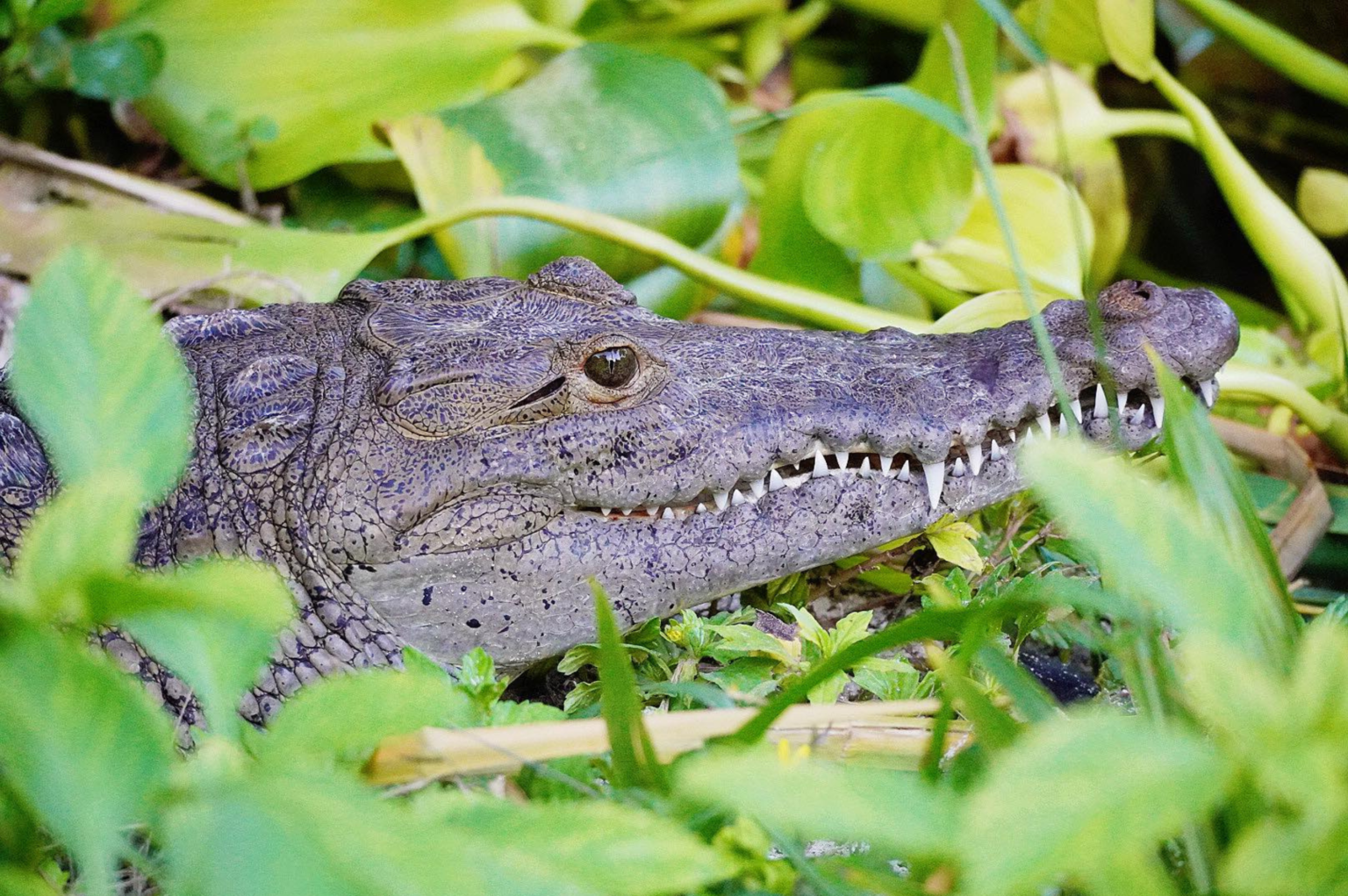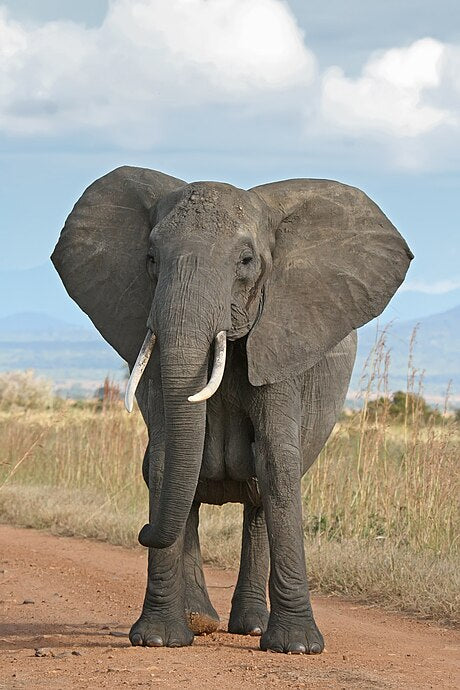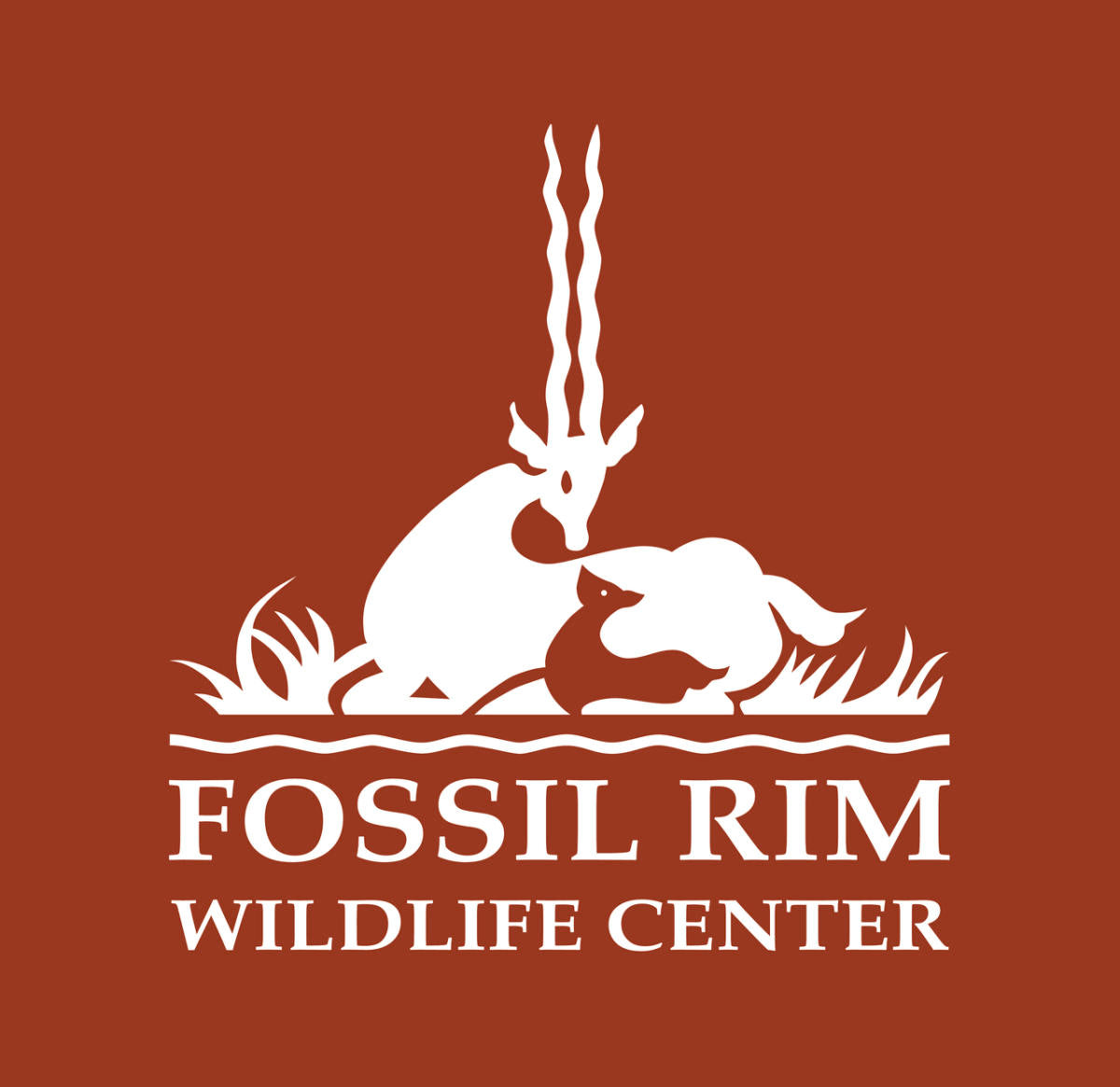An Established Method To Protect Species
Using Markets To Protect Species
Market-driven conservation is a straightforward concept where the power of markets is harnessed to protect and grow wildlife populations. Instead of relying solely on a few big donors or slow-moving government initiatives, market-driven conservation leverages demand and financial incentives to fund and sustain these efforts.
Here's the key idea: when there's a market demand for a species, it gets cared for and its population is actively managed. Take cows and chickens, for example—they're not at risk of extinction because they're valuable to us. The market ensures that these animals are bred, fed, and protected because there's a demand for them.
This same principle applies to wildlife conservation. By creating a market for a species, we can actually work to conserve that species, ensuring its population is managed and sustained—just like cows and chickens.
This approach allows conservation projects to be funded and executed more efficiently, without waiting for government action or the generosity of a few donors. Instead, the market itself drives the conservation efforts, making it a practical and scalable solution for preserving wildlife. In short, when there's market value, species thrive—it's as simple and obvious as why cows are everywhere.
Radical approach? Here are some proven examples of how this tested method has succeeded.

Once "Endangered," now "Least Concern."
Mexico's Morelet Crocodile
The conservation of the Morelet’s crocodile in Mexico is a prime example of how market-driven conservation can successfully restore endangered species. In the 1970s, the species was on the brink of extinction, with fewer than 2,500 individuals remaining due to overhunting for their valuable skins. In response, Mexico implemented strict protection measures alongside the establishment of crocodile farms, which allowed for controlled breeding and harvesting. This approach satisfied market demand without further depleting wild populations.
With the support of these farms, the Morelet’s crocodile population rebounded dramatically, reaching around 75,000 by 2008. Habitats were also restored, and poaching became unnecessary. In recognition of these successes, the IUCN reclassified the species from "Endangered" to "Least Concern" in 2010. This case demonstrates how market mechanisms can effectively conserve species, restore ecosystems, and provide sustainable economic opportunities for local communities.
We Are Saving The Texas Horny Toad
As a small company, we can make a significant impact through direct contributions. Our commitment to conservation is reflected in our 10% Give Back program, which aims to preserve endangered species and make a real difference.
We’ve partnered with Fossil Rim and Texas Christian University (TCU) to address the critical decline of the Texas horny toad, the state reptile of Texas. Once abundant, this species is now on the brink of extinction, with populations plummeting due to habitat loss and environmental pressures.
Our founder, Tom—an alum of TCU and the founder of Fossil Rim—has brought this partnership together. To support the recovery of the Texas horny toad, we’re building a dedicated breeding facility at Fossil Rim. Every sale of our products featuring the purple vachetta color will contribute 10% directly to this crucial project. With TCU located just down the road from our Fort Worth HQ and design studio, this cause is especially close to our hearts.
Importantly, we will never use the Texas horny toad in any of our products, as it is a state-protected animal. However, through Fossil Rim’s tourism and our capital contributions from sales of other reptile products, we can work together to save this fleeting species. Our combined efforts are essential in reversing the alarming population decline and ensuring that the Texas horny toad thrives once again.

Government Actions Lead to Population Declines
Protecting The African Elephant
The story of elephant conservation in Africa offers valuable insights into the complexities of wildlife management and the role of market-driven solutions. Many African nations protested the international ivory trade ban in 1989, warning of the unintended consequences they foresaw. By removing the legal market for ivory, the economic value of elephants was diminished, turning these majestic animals from assets into liabilities, especially for farmers whose livelihoods were directly threatened by elephant activity. Elephants, capable of consuming up to 250 pounds of produce daily, became a burden to farmers who began viewing them as pests rather than as a species worth conserving. Without a financial benefit from elephants, many were shot and discarded, leading to a decline in their populations.
Market-driven conservation offers an alternative approach, one that has already seen success in various regions. By regulating and controlling the ivory trade, communities that live alongside elephants can derive economic benefits from their presence. This incentivizes local populations to protect and sustainably manage elephant herds, rather than viewing them as a threat to their crops and livelihoods. In countries where such measures have been implemented, elephant populations have stabilized or even increased, proving that when animals are given economic value, conservation efforts are more likely to succeed.
These successes have sparked discussions about applying similar strategies to other endangered species, such as the African rhino. While the debate continues, many conservationists believe that market-driven approaches could be key to saving these species from extinction. We support this idea, understanding that conservation is most effective when it also supports the economic realities of the communities involved.
Tom's Commitment
Zelli Handbags is the embodiment of Mantzel’s vision—luxury products crafted with sustainability and ethical sourcing at their core. His dedication shows that it’s possible to create stunning, high-quality goods that respect the planet and its wildlife. Through his work, Mantzel has proven that business success and environmental stewardship can go hand in hand.




